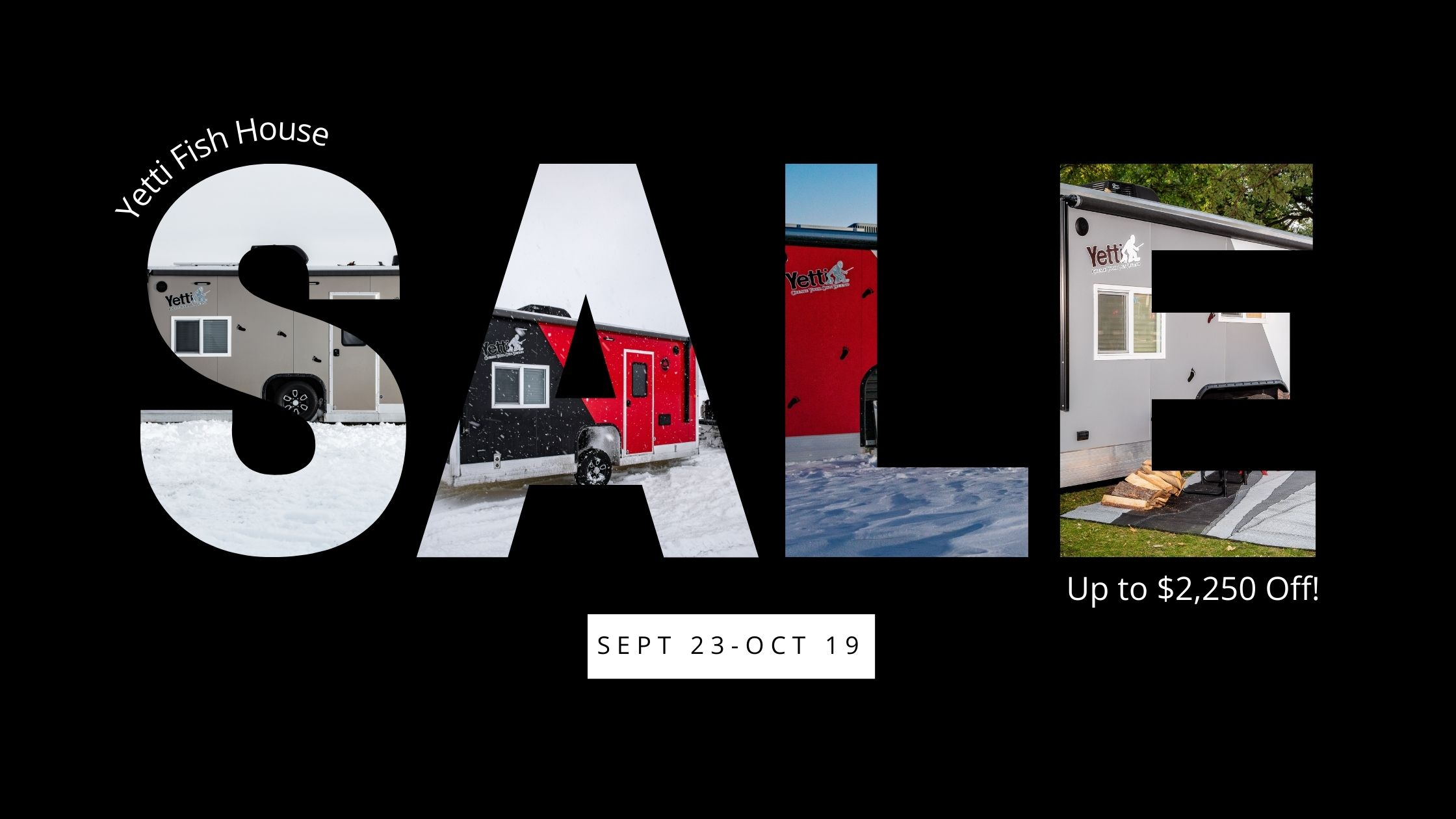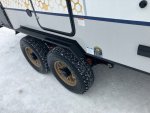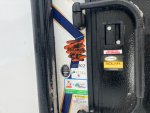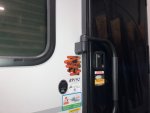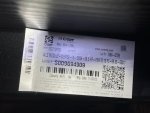One of my favorite places is Saline Valley, in Death Valley National Park. The road in is over 50 miles of dirt, roughness and washboard. The suspension on the Oliver is crude leaf springs with useless little shocks, limited travel and metal to metal stops. Even at 10 mph, it takes about 5-6 hours to get in or out. My friends have the same model Oliver and they refused to go in because they had already broken two leaf springs. Mine held up reasonably well, but the microwave kept trying to jump out of its cabinet, the seat cushions were on the floor and the window shades fell off. Cabinets kept opening on other trips until I managed to shim up the catches enough to make them stay shut. I was aired way down and being very careful. The body on an Oliver is an interesting thing. It seems very well built, but has a lot of flex due to the way it is mounted on the frame. Many think the frame is flexing, but it is the body that is flexing and eventually hairline cracks begin to show up. I don't know if they will develop into deep structural cracks or not, but given the amount of flex, I was somewhat concerned. Olivers are not made like other trailers, in that the body has mostly its own integrity, instead of relying on the frame for support and stiffness. Compare it to a boat, sitting on a boat trailer, where the trailer is holding it up and towing it along, but not making it stiff or acting as a foundation. The way it works and the load path are somewhat unnerving. The outer lower tub has stiffeners that are bolted to the frame, the inner lower tub is joined to the outer lower tub at the beltline. All the weight of the inner lower tub is hanging on this beltline connection. The whole interior of the trailer and everything in it, as well as the upper two shells, with the weight of the cabinetry, roof ac and everything. The tanks are sitting in the belly of the lower tub, so they are not part of that load path. The frame is bolted to the outer lower tub, as mentioned, but it is sitting on frame rails that are only about 4' apart. So there is large overhang. All the weight has to be held up by the outer shell that curves under to the frame rails. It seems the flex is in the horizontal part of the lower shell, outboard of the frame and before the vertical side. When someone is walking around in the trailer it feels like the frame is bending, or the tires are flexing, but it is actually the body flexing. This is easy to see if you watch the wheel well clearance change as someone steps in or out of the trailer, or just walks around inside. Lots of body flex. I can't say this is a defect, but it is weird and there is a lot of flex, and there are hairline cracks that develop over a couple of years. A number of us had lengthy discussion about this as we watched the body flexing on different units. Some thought it was frame flexing and wanted to add more stabilizers, so it was fun to make them watch what was really flexing and point out that additional stabilizers would not help. Besides the suspension, another thing that makes it less than suitable for boondocking is the curved roof that is not conducive to mounting much solar, and the battery box that is a pullout drawer on the side. It is not insulated or heated, and is exposed to outside temps. This means lithium batteries are a probelm in the winter without a modified battery box and heating system. Advantages of it are good ground clearance with no exposed piping, good cold weather performance with heat going to the water tanks and piping that sit between the hulls, good geometry that makes it tow beautifully and a durable roof that can withstand hail storms, rain and wind. I dragged mine into just about any place my one ton Ram Cummins go possibly go, but I did it very carefully. Eventually, a number of small annoyances added up to where I wanted a more capable off road trailer that was also more livable inside and had more storage, better batteries and solar. The Oliver is best suited to travelers who are happy to stay in campgrounds with hookups and want to stay on paved roads. It is far superior to a normal sticky, but not really right for my use. I put about 20,000 miles on mine in two years and had good service from it. I liked it a lot but got tired of its shortcomings for my use. I have some good friends with about 80,000 miles on theirs and they still love it. A final note is about windows. New trailers have the European double pane acrylic windows that are great. They cannot leak and they can be cracked open on the rain. Excellent. Oliver windows are sliders that are tilted in at the top. No way can they be open in the rain and mine leaked the entire time I had the trailer from water in the slider tracks that found its way inside.

